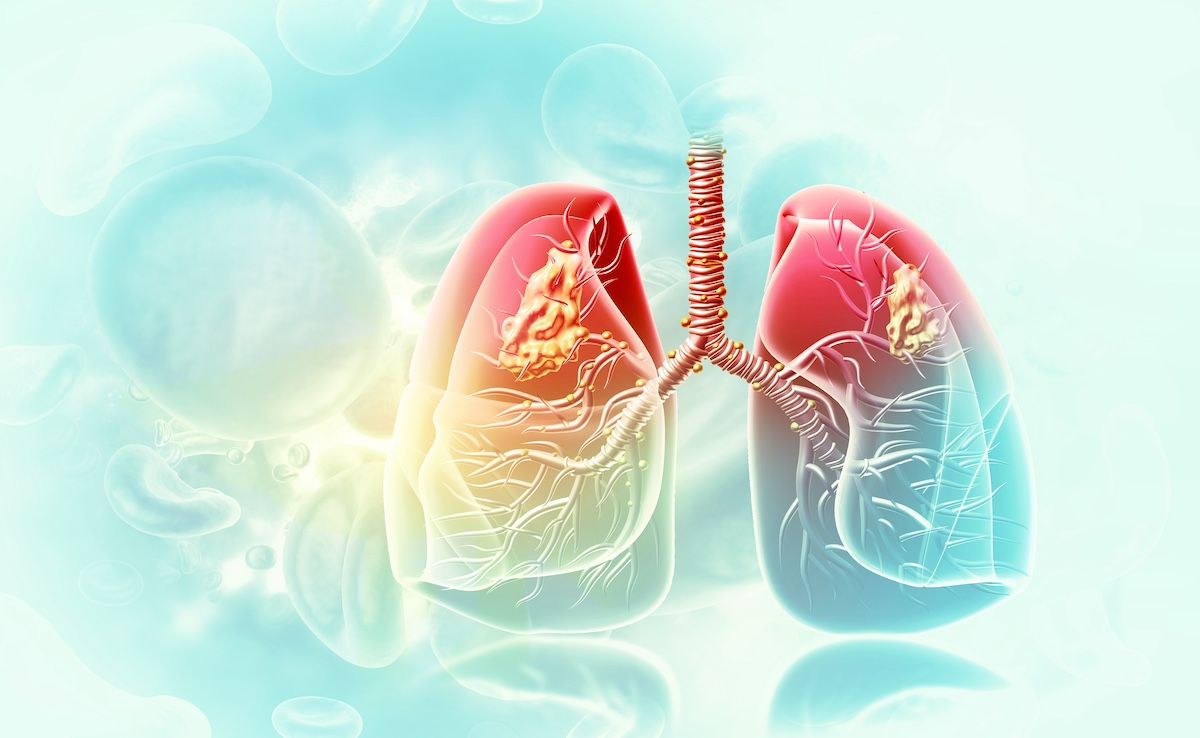Article
Study Finds Inverse Relationship Between OSA, Male Testosterone Levels
Author(s):
An inverse relationship between obstructive sleep apnea (OSA) and serum testosterone was found in men, in which those with severe cases of OSA exhibited significantly reduced levels of testosterone.
Incidence and severity of obstructive sleep apnea (OSA) was inversely correlated with male serum testosterone levels, according to study findings published recently in Andrology.
Affecting approximately 900 million people worldwide, OSA has been indicated to have a higher incidence in men than in women. As men also generally experience more severe OSA, researchers note that nearly half of affected male populations have complaints of sexual dysfunction, such as erectile dysfunction, ejaculatory problems, and decreased sexual frequency.
“OSA can lead to sleep fragmentation and intermittent hypoxia, with subsequent increases in oxidative stress, insulin resistance, and sympathetic activity, and these pathological changes may affect testosterone metabolism in men,” said the study authors. “It is well known that testosterone plays a pivotal role in male sexual function. Consequently, whether OSA negatively affects male testosterone metabolism is a matter of concern.”
With no consensus on whether OSA alone may negatively impact male testosterone due to confounding factors of age and obesity in prior research, they conducted a systematic review and meta-analysis of literature related to the association in the PubMed, Embase, and Cochrane Library databases from their inception to June 10, 2021.
Additional subgroup analyses were conducted after accounting for body mass index (BMI) and age, as well as according to the severity of OSA.
For the systematic review and meta-analysis, 18 studies involving 1823 men with OSA (n = 1119) and without (n = 704) were included, in which 9 studies accounted for age and BMI and 7 reported the serum testosterone level according to the severity of OSA.
In their findings, a significant inverse association was identified between OSA and male serum testosterone (standardized mean difference [SMD], −0.76; 95% CI, −1.18 to −0.33; P = .001), which remained statistically significant after adjusting for age and BMI in the subgroup analysis (SMD, −0.8; 95% CI, −1.41 to −0.18; P = .012).
Furthermore, severity of OSA was also found in the subgroup analysis to inversely correlate with male serum testosterone, with severe cases of OSA associated with significantly decreased levels compared with controls (SMD, −1.21; 95% CI, −2.02 to −0.41; P = .003). Male serum testosterone levels were not significantly decreased in patients with mild (SMD, −0.58; 95% CI, −1.88 to 0.73; P = .386) and moderate OSA (SMD, −0.94; 95% CI. −2.04 to 0.15; P = .092).
Researchers noted that a limitation of the study was its analysis of mostly cross-sectional data, thus making it difficult to establish temporal or causal relationships between OSA and the presence of testosterone deficiency.
“Considering that OSA is also inversely linked with male sexual function and fertility that can be positively regulated by testosterone, it is necessary to assess serum testosterone levels in male patients with OSA, especially those with severe OSA,” they concluded.
Reference
Su L, Meng YH, Zhang SZ, et al. Association between obstructive sleep apnea and male serum testosterone: a systematic review and meta-analysis. Andrology. Published online September 18, 2021. doi:10.1111/andr.13111




